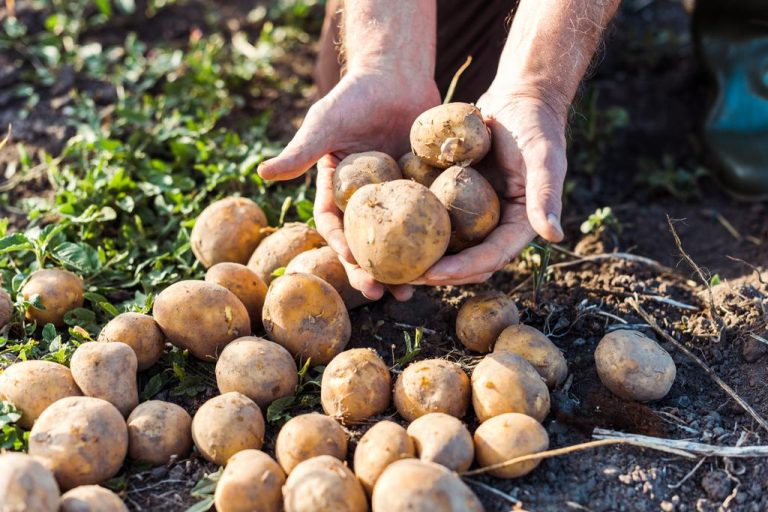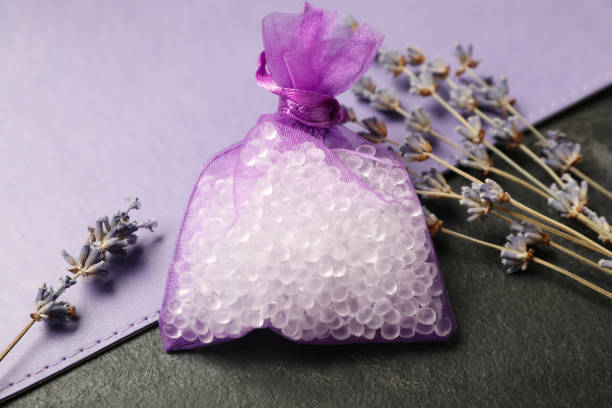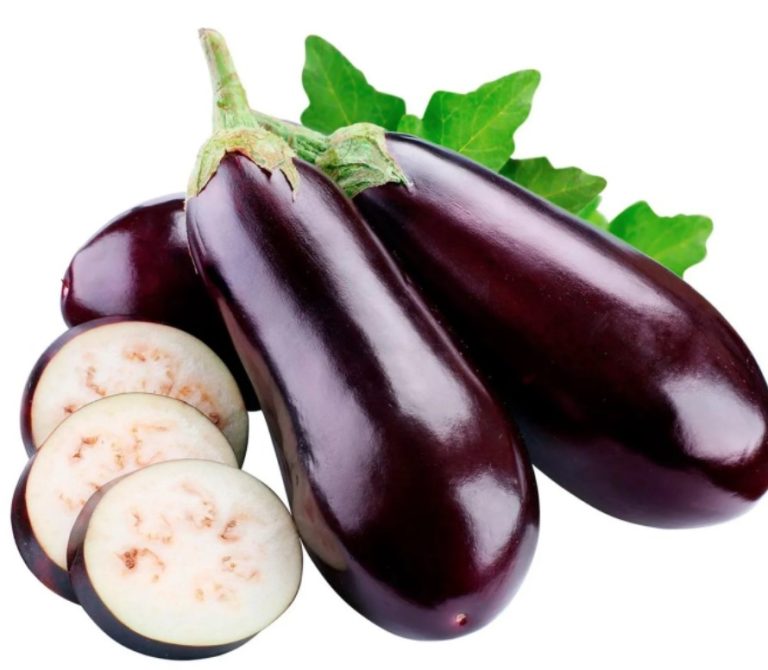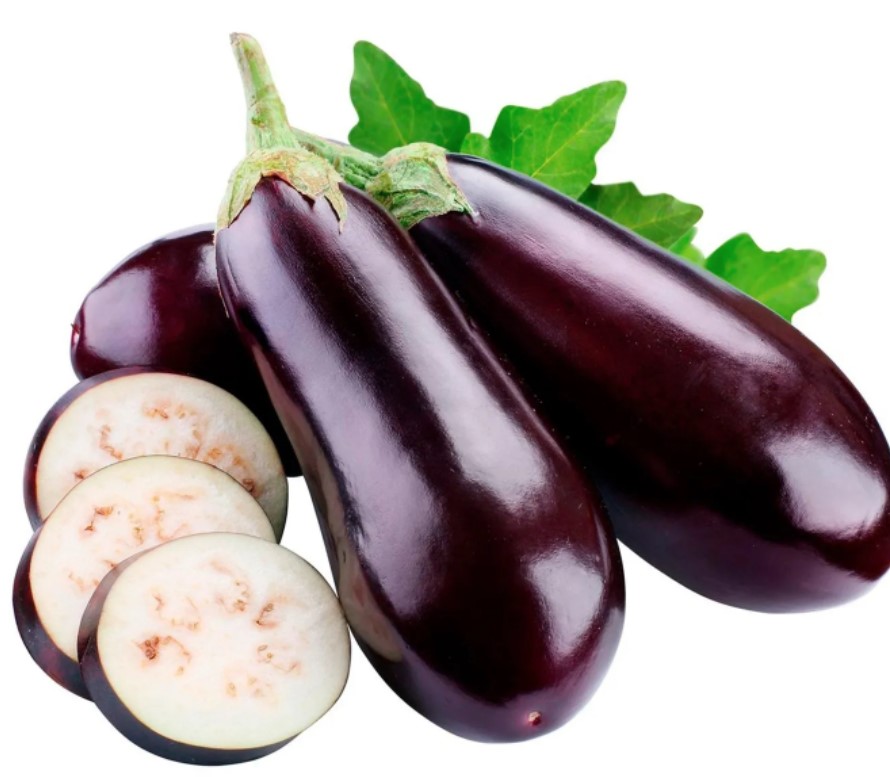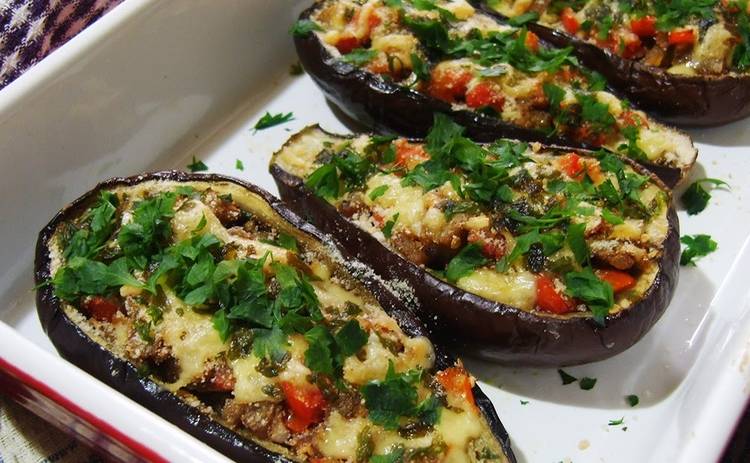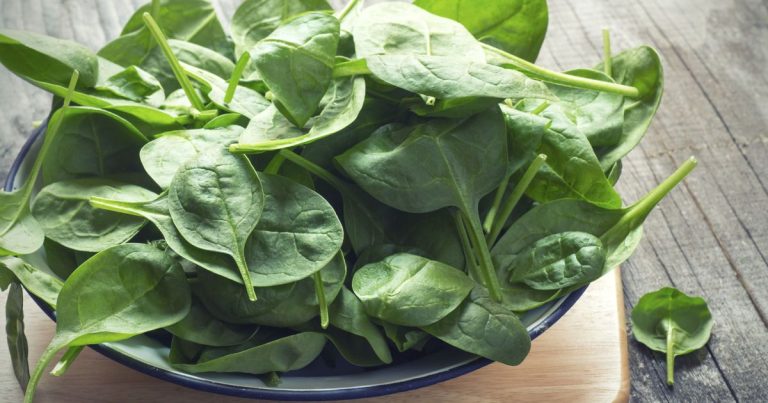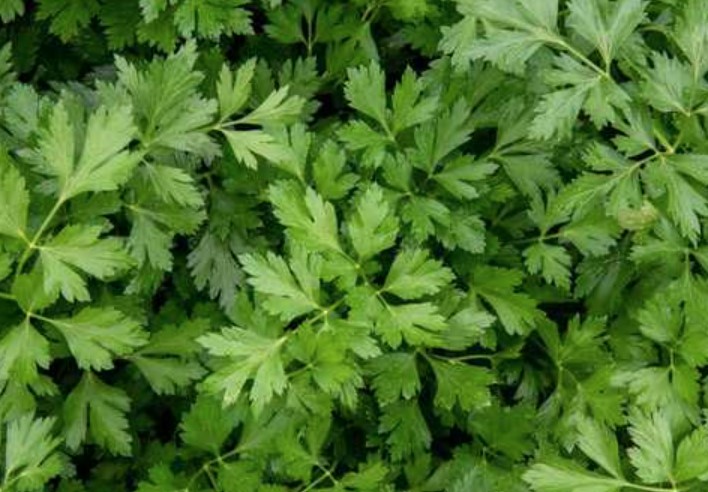Whether dry yeast or fresh yeast – you can bake airy pizza dough and bread with both types of yeast. In this guide you will find out what the differences are and how you can use fresh yeast and dry yeast.
Yeast is a unicellular microorganism that belongs to the fungi family. This living organism feeds on the sugars and starches in the dough and converts them into carbon dioxide gas, among other things. This is reflected in the bubbles in the dough, which allow it to rise and make it more airy. We use this property of yeast for many recipes – whether pizza dough, home-baked bread or cinnamon rolls.
You can find yeast in two main forms on the market: as dry yeast and fresh yeast, which is also called block yeast. We will explain how the two differ, what you need to look out for when storing and using them, and how you can convert one type of yeast and replace it with the other.
Dry yeast and fresh yeast: differences in yeast types

Dry yeast and fresh yeast have much more in common than differences:
Both dry yeast and fresh yeast are the same strains of yeast (Saccharomyces cerevisiae), also known as baker’s yeast or brewer’s yeast.
Dry yeast and fresh yeast serve the same purpose in the bakery: they convert sugar and starch into gaseous carbon dioxide, allowing the dough to rise.
The yeast cultures were also grown and propagated in the same way: on a carbohydrate-rich culture medium. The exact cultivation form depends on whether it is conventional yeast or organic yeast – but not whether it is dry yeast or fresh yeast. You can find out below how organic yeast differs from conventional yeast.
But there are also big differences between dry yeast and fresh yeast:
While fresh yeast consists of around 70 percent water, dry yeast only contains around five percent residual moisture. Therein lies the biggest difference: For dry yeast, fresh yeast is dried.
As a result, dry yeast has a significantly longer shelf life than fresh yeast. While you can store fresh yeast in the fridge for a maximum of two weeks, dry yeast can be stored at room temperature for between several months and a year.
The fungal cultures contained in the dry yeast are inactivated and are only activated by adding liquid. Nevertheless, they are living microorganisms – only in a “resting state”.
Dry yeast or fresh yeast – which is better?
Both dry yeast and fresh yeast do an excellent job as leavening agents. In the finished recipe, the difference is hardly or not at all noticeable.
The benefits of fresh yeast are rather subjective:
Some (hobby) bakers swear by fresh yeast because it gives the baked goods a rounder, slightly sweeter taste.
Some also report that yeast dough rises slightly better with fresh yeast than with dry yeast.
If baked goods require a particularly long fermentation time or several resting phases to rise, fresh yeast is usually recommended. Because it is said to have a longer-lasting driving force than dry yeast.
On the other hand, dry yeast has prevailed today mainly because of its practical advantages over fresh yeast:
Dry yeast can be stored at room temperature for several months in a closed packet. Once opened, you can store the packet tightly sealed in the fridge for another two weeks. Fresh yeast, on the other hand, must be stored in the refrigerator and used within two weeks of purchase.
You don’t have to stir the dry yeast into liquid beforehand, you can mix it directly with the dry baking ingredients. This makes it a little easier to mix the dry yeast with the dough than fresh yeast.
In addition, thanks to its shape, dry yeast is a little easier to dose than fresh yeast in block form.
Conclusion of the comparison:
Fresh yeast should give the baked goods a slightly better taste and also have a higher raising power than dry yeast. For a few recipes like yeast loaf or Berlin pancakes, this is possibly the better yeast.
On the other hand, dry yeast is the much more practical form of yeast, especially for hobby bakers: it lasts much longer and is easier and faster to process.
Using dry yeast and fresh yeast: tips for the kitchen
If you want to make yeast dough yourself, you should consider the following points when preparing it:
First stir fresh yeast with some of the lukewarm liquid from the recipe and some sugar and let this mixture stand for about ten minutes. You can tell by the formation of bubbles that the yeast have started their activity. After the ten minutes, you can mix the liquid with the remaining baking ingredients.
You don’t need to mix dry yeast with liquid first. Mix directly into the dry ingredients in the recipe. Make sure that the remaining ingredients are not too cold: you should therefore take them out of the fridge some time beforehand.
Whether fresh yeast or dry yeast: yeast has the best raising power at temperatures between 25 and 30 degrees. At more than 45 degrees, the yeast fungi die off, while at less than ten degrees, the metabolic processes run considerably more slowly. That means: The cooler, the more walking time you have to plan.
When baking, you can easily convert and replace fresh yeast with dry yeast:
You can replace one cube of fresh yeast (42 grams) with two packets of dry yeast (fourteen grams).
As a result, one packet of dry yeast is equivalent to about half a cube of fresh yeast (21 grams).
As a rule of thumb, half a cube of fresh yeast or a packet of dry yeast is sufficient for 500 grams of flour. However, this amount varies greatly depending on the recipe.
In principle, you can also mix fresh yeast and dry yeast in a recipe, should this ever be necessary.
Buy yeast: organic quality and list of ingredients

It doesn’t matter whether it’s dry yeast or fresh yeast: we recommend that you pay attention to organic quality when buying. Because there are some differences between organic yeast and conventional yeast:
Growth medium: Conventional yeasts are often cultivated on molasses (a by-product of sugar production), phosphorus or inorganic nitrogen. Organic yeasts, on the other hand, are cultivated on natural raw materials from controlled organic cultivation, often on grain or sugar beet syrup.
Defoaming agent: To prevent growth-inhibiting foam from forming, sunflower oil is added to organic yeast as a defoaming agent. With conventional yeasts, synthetic substances are used for this purpose, which later have to be rinsed out with plenty of water. Therefore, according to the Bavarian Consumer Center, more water is used in the production of conventional yeast than in the case of organic yeast.
Genetic engineering: In addition, no genetically modified organisms (GMOs) are used in the production of organic yeast. Since there are still no reliable long-term studies on the health effects of GMOs, we recommend non-GMO foods.
If you want to buy dry yeast, you should also take a closer look at the ingredients:
Some of the dry yeast contains emulsifiers so that the yeast does not dry out. The most commonly used emulsifier is sorbitan monostearate with the E number 491. There are even some emulsifiers in fresh yeast.
Organic manufacturers in particular usually deliberately avoid using emulsifiers. With their yeast, there is nothing else in the packet but yeast.



